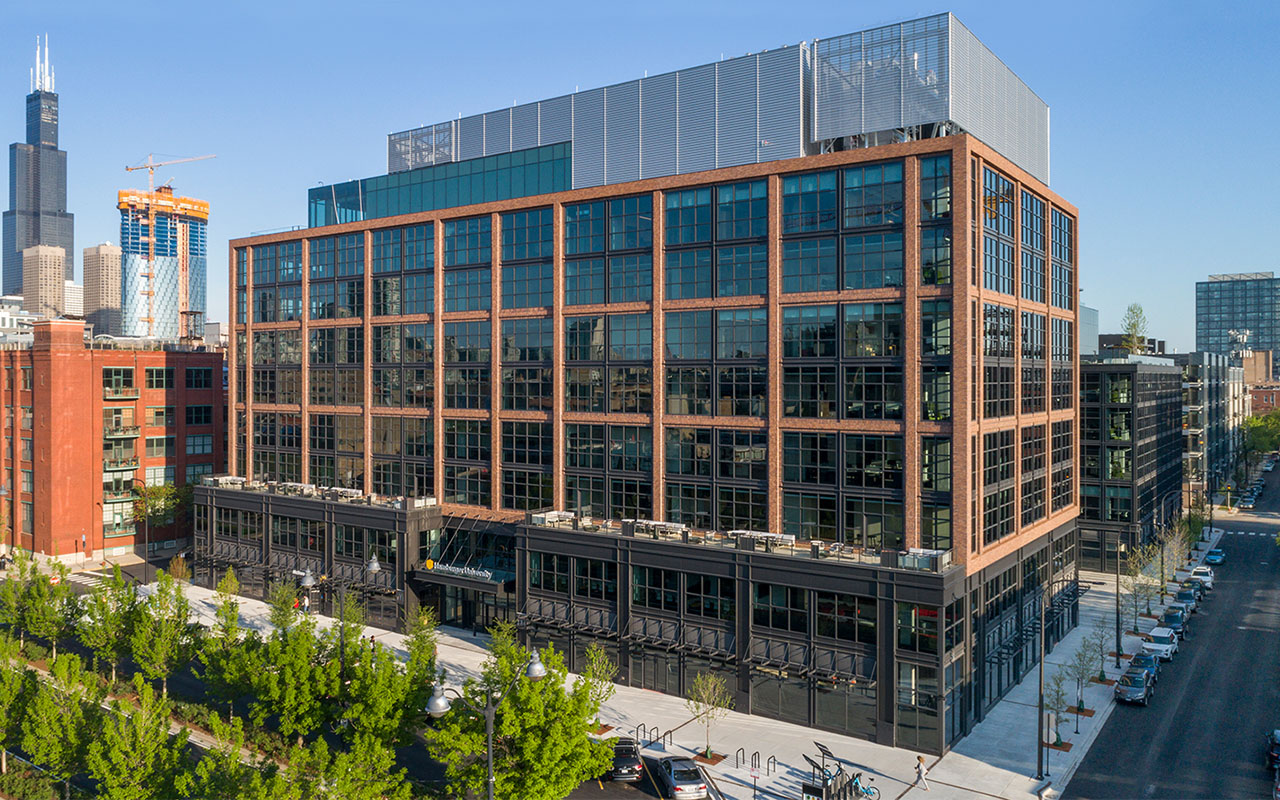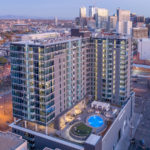
How Sterling Bay Is Helping Chicago’s Next Generation of Life Science Researchers
Chicago has a long and storied history with medical innovation: it’s where the first open-heart surgery was performed, where the “top quark” was discovered and where organ transplants were born. Home of several of the world’s most highly-regarded medical schools, the city is full of life science professionals who specialize in making the kind of advancements that can change the course of humankind. The problem? They need state-of-the-art, move-in-ready research space to discover the next great medical breakthrough and Chicago is running low.
Prolific Chicago real estate and development firm (and Chicago Ideas partner) Sterling Bay is helping to fill this void in the market with their recent purchase of 119,415 square feet of medical research space in the heart of the city’s historic Lincoln Park neighborhood. According to Crain’s Chicago Business, “while biotechnology and pharmaceutical breakthroughs frequently take root at Chicago-area institutions, the startups they spur often move elsewhere to grow because they lack the facilities needed to scale their businesses locally.” There’s 12.5 million square feet of space in Chicago devoted to commercial lab space—but only 1.2 percent of it is vacant.
Not surprisingly, medical research facilities have specific infrastructure requirements: special heating and cooling systems, emergency generators and other specialized needs. For instance, the space that Sterling Bay has purchased, formerly known as the Stanley Manne Children’s Research Institute, currently contains a full library, high-tech microscopes, facilities to store stem cells and even a state-of-the-art aquarium to observe and study disease-fighting zebrafish.
In addition to workspaces that are unique to medical research and discovery, the space also offers life scientists the same conveniences that employees in any other field would expect — easy access to public transportation, nearby retail to shop or grab a quick bite and many other city-center amenities. By committing to the downtown adjacent Lincoln Park space, Sterling Bay has provided the discoverers of Chicago’s next big medical breakthroughs with a research facility that is not only equipped with superior technology, but also located in an ideal area.
Purchased from Lurie Children’s Hospital, the Lincoln Park space was originally constructed in 1995 and expanded in 2003. When Lurie decided to move its research facilities to Streeterville, it sold the property to Sterling Bay, which plans on renovating the space to keep it at the leading edge of modern research spaces. Known for their modern urban campuses for powerhouses like Google, McDonald’s, Glassdoor, and Dyson, Sterling Bay has made headlines recently for its new Lincoln Yards project which will activate 70 acres of underutilized riverfront property sitting between some of the city’s most iconic neighborhoods including Bucktown, Wicker Park and Lincoln Park.
Andy Gloor, managing principal of Sterling Bay, is excited that the company is an important part of continuing to make Chicago a hub for medical research and innovation that can transform the future. “We look forward to continuing to build on the city’s reputation for achieving groundbreaking scientific discovery by providing the life science community with revitalized, state-of-the-art urban laboratory facilities on the North Side,” he says. The space is the firm’s first foray into the life sciences space.

